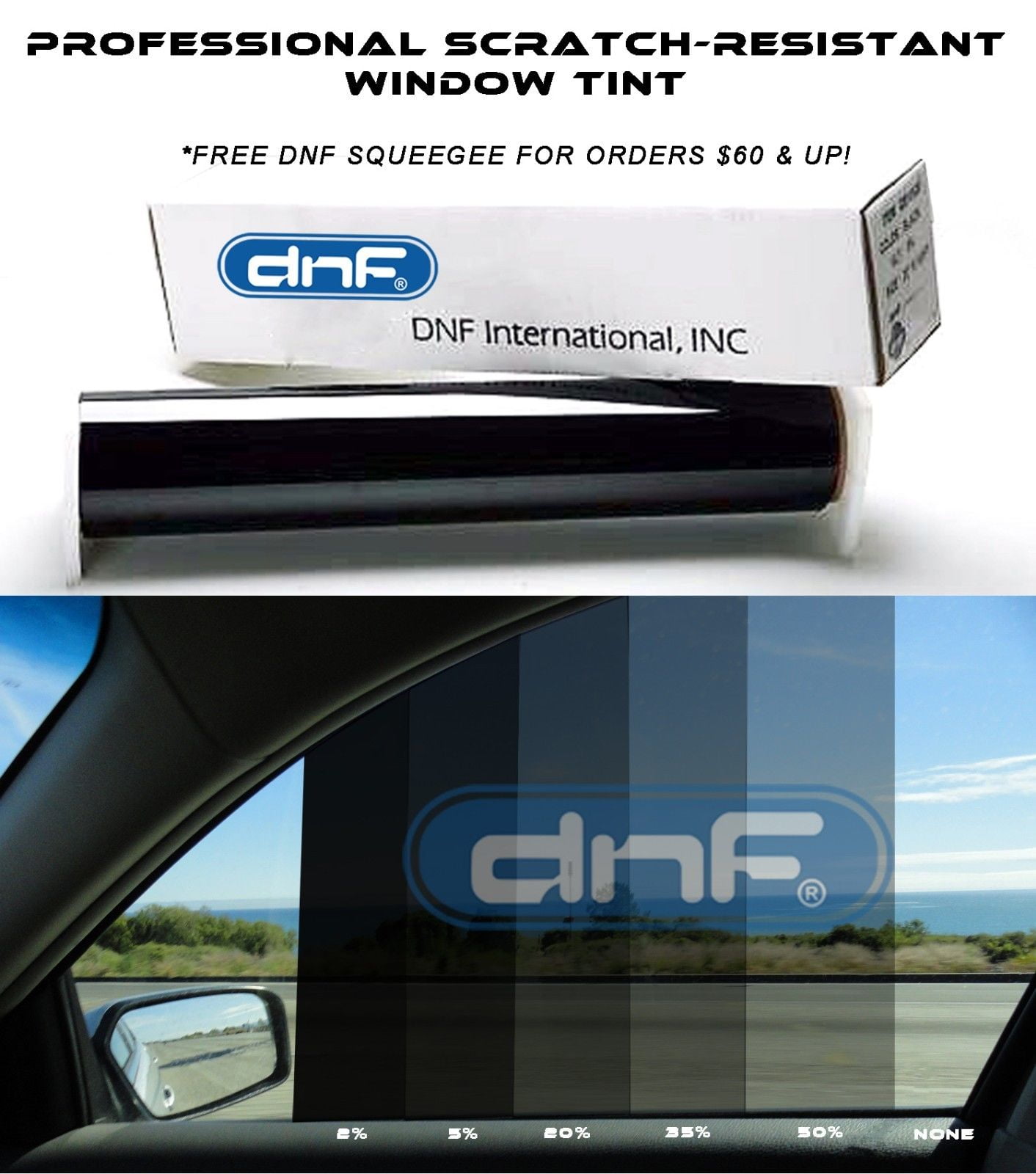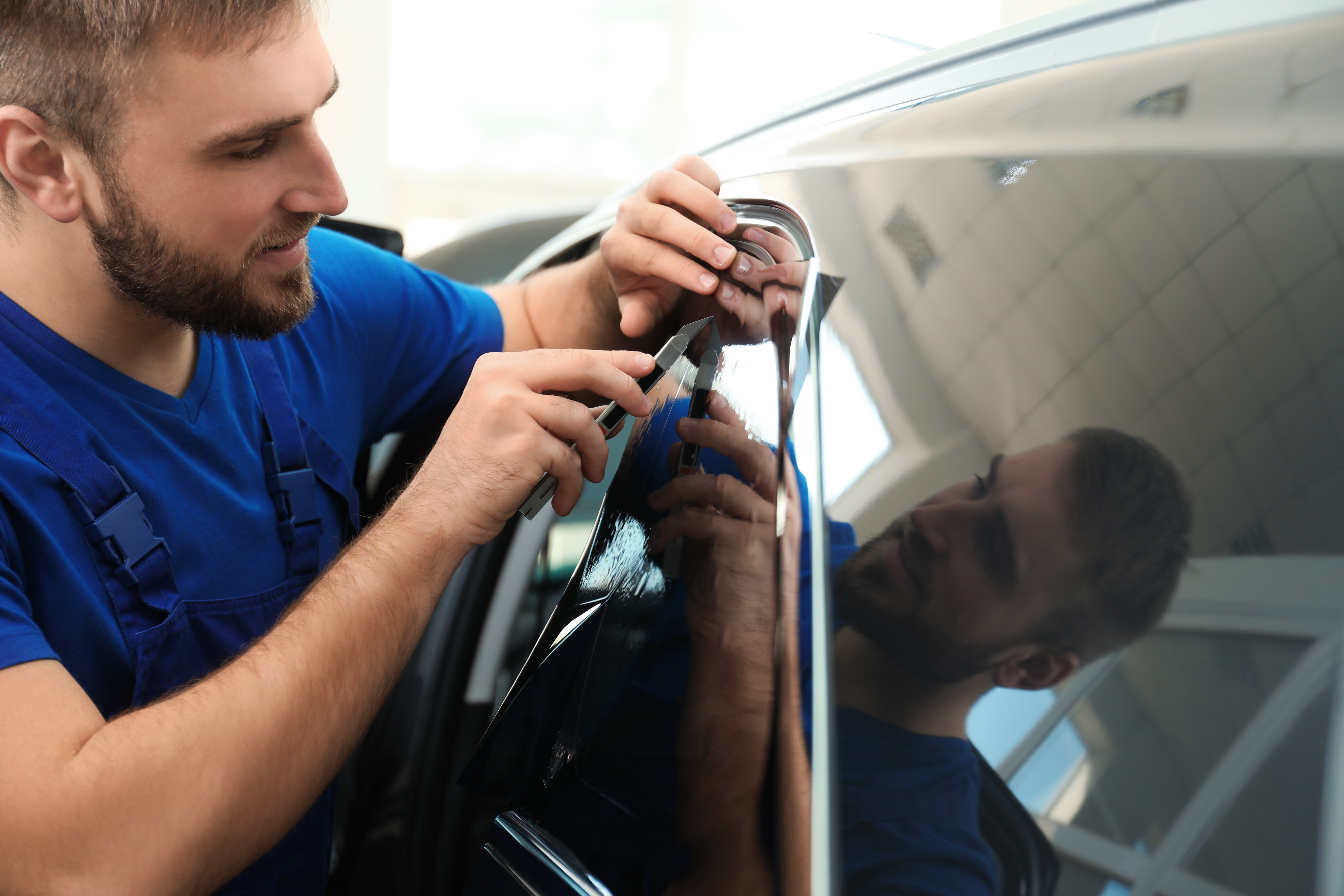

There’s a number of good reasons for that. The rest that don’t have are most likely for display in museums or used as props in entertainment shows. About 99 per cent of cars today have tinted windows. Window tinting refers to the process of applying a semi-transparent sheet of film to the interior side of a vehicle’s windows. The only downside to this hybrid type is its tendency to affect electronic devices in the car. Tint manufacturers then decided to add metallic particles to the dye solution to produce a tint that reflects both light and heat, and it worked. Dye also tends to turn bubbly when exposed to UV radiation and has a short life-span. In fact, it absorbs and traps heat inside the car.

Unfortunately, dye isn’t very good at rejecting heat. The first type of window tinting used for cars was dye-based. Car window tinting’s ascent to popularity was expected as it efficiently addressed major issues with clear car windows, including glare, heat, and privacy. The advent of tinted car windows, however, had nothing to do with the war, except from the fact that it gave a little bit of security to people of stature at the time who might be targets for assassination.
#Tinted window for cars windows#
What Does Car Window Tinting Do for My Vehicleīefore WWII broke out in the early 1940s, cars had either fully transparent glass windows or no windows at all.


 0 kommentar(er)
0 kommentar(er)
